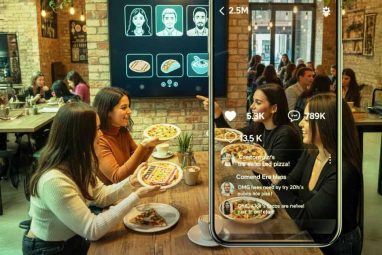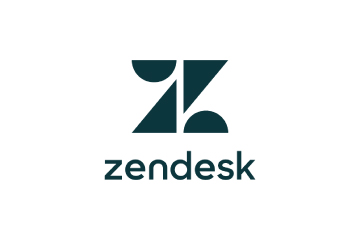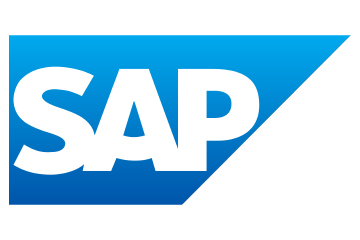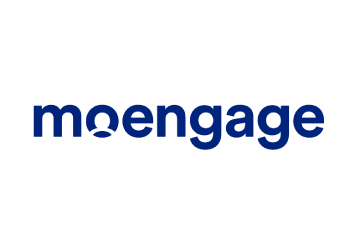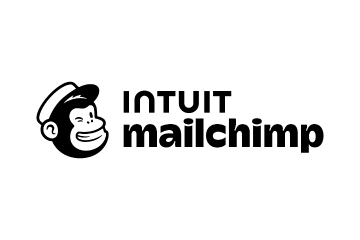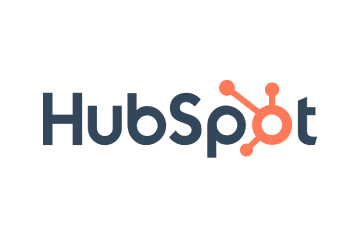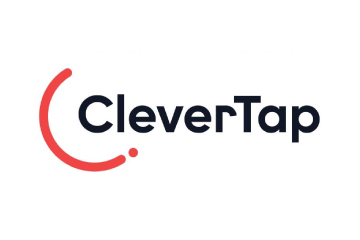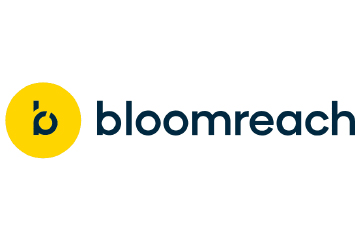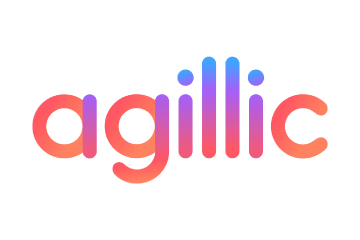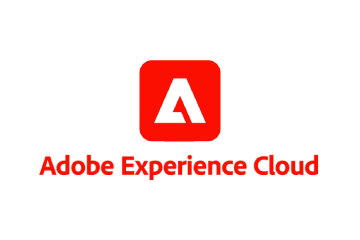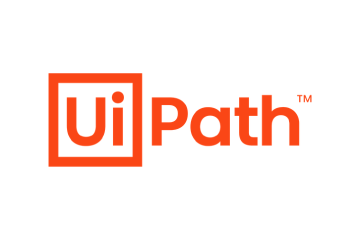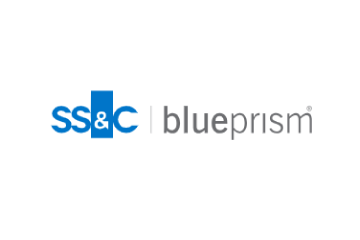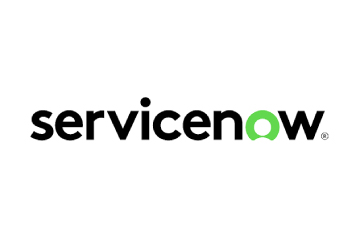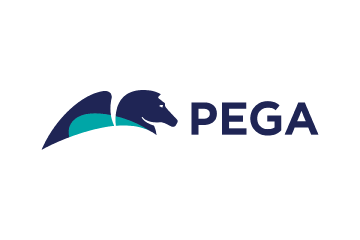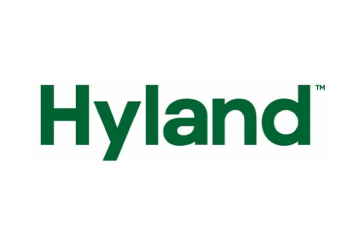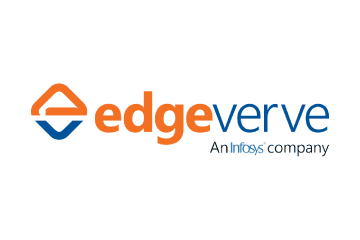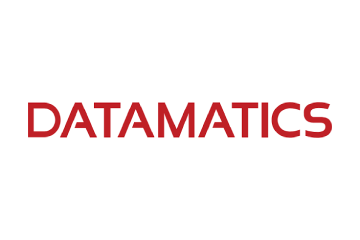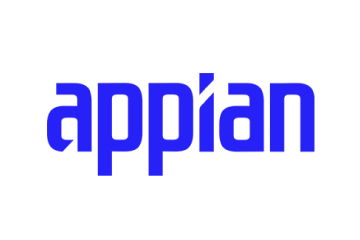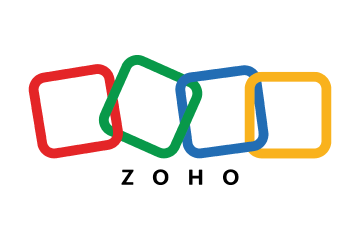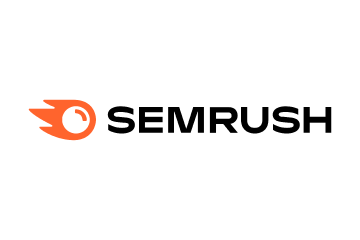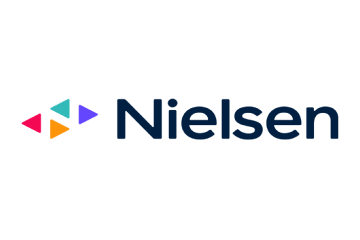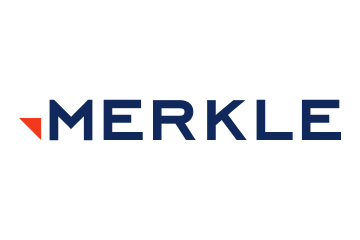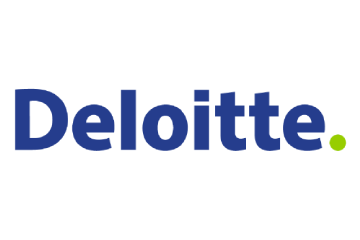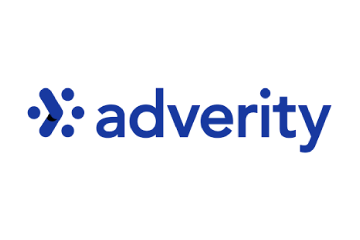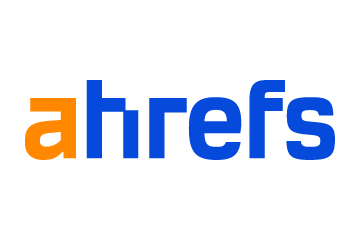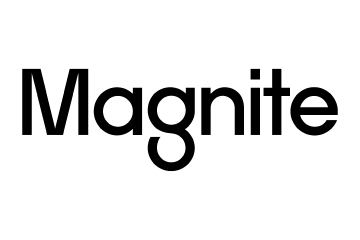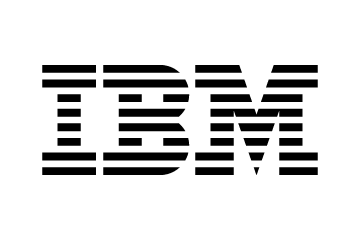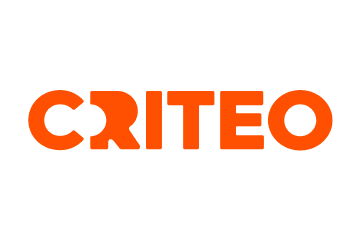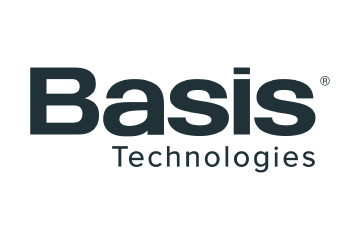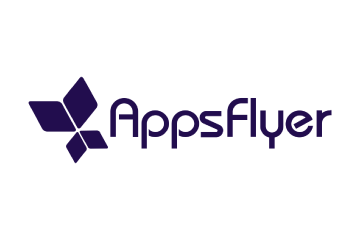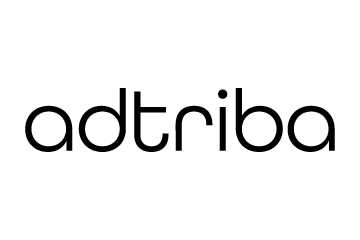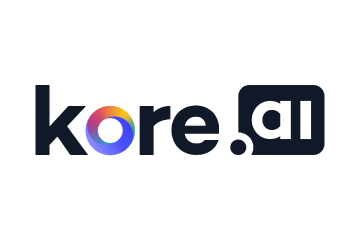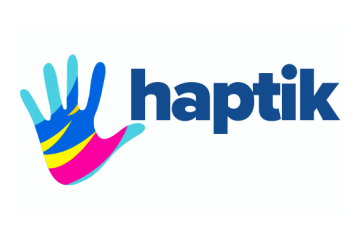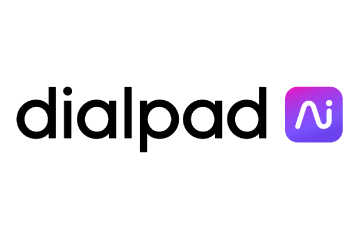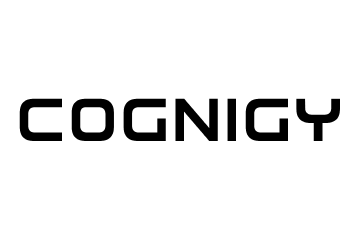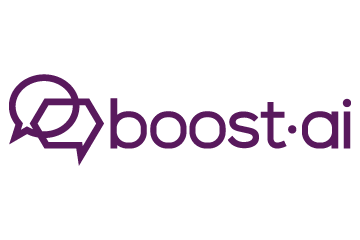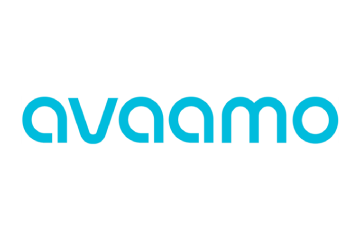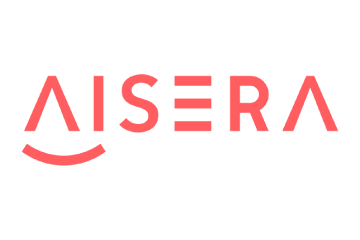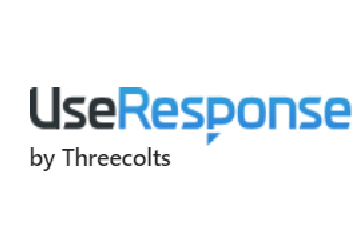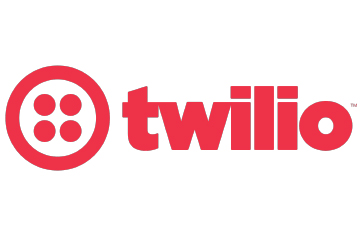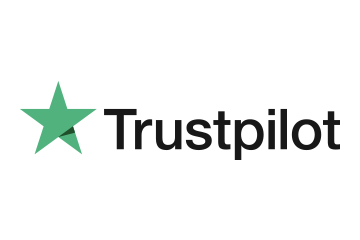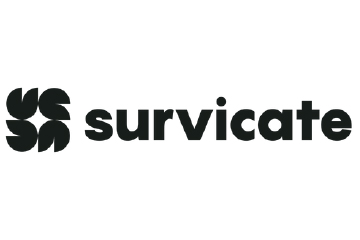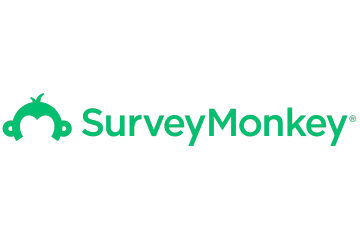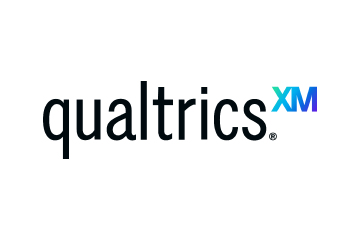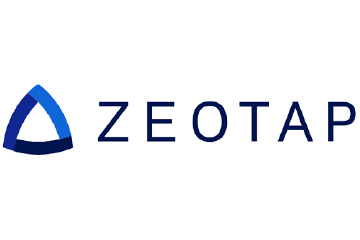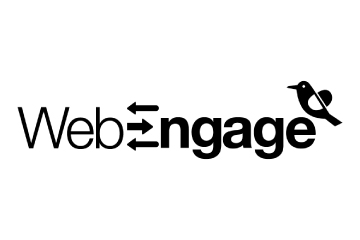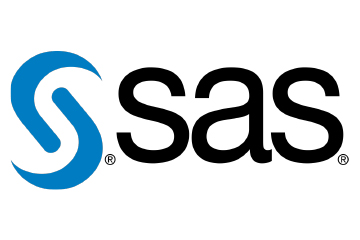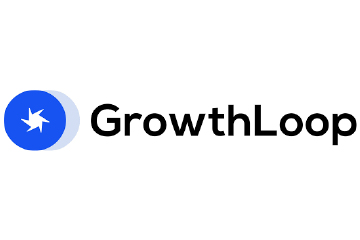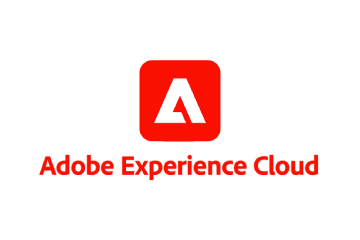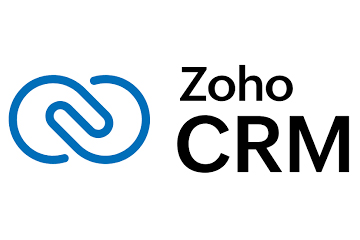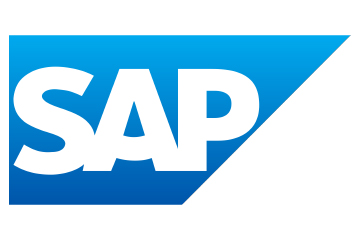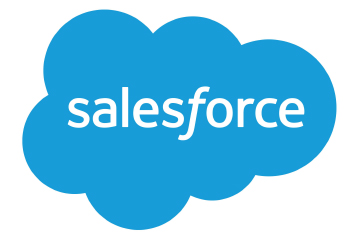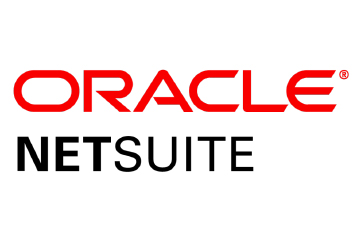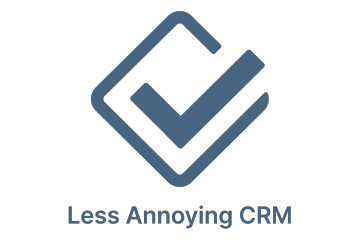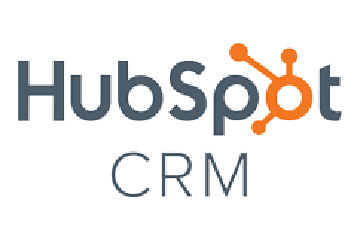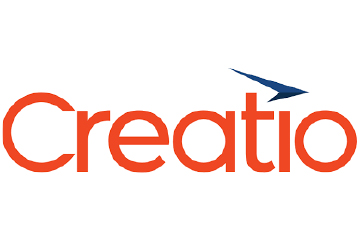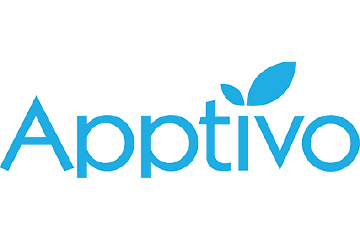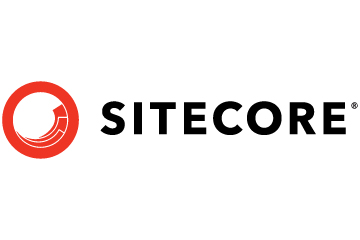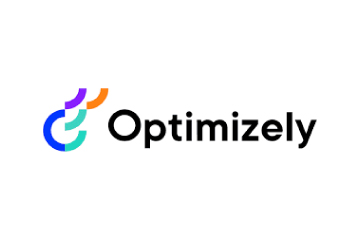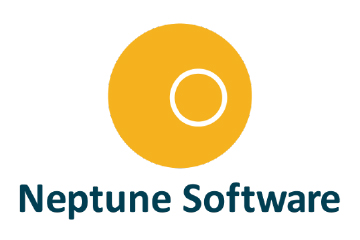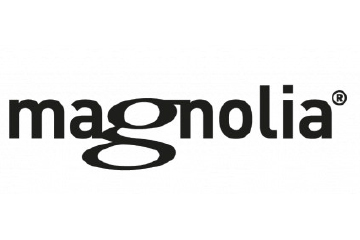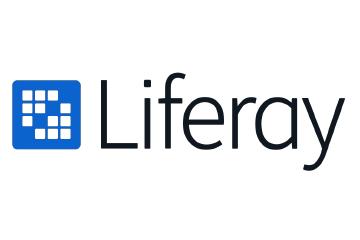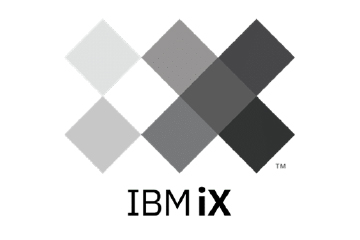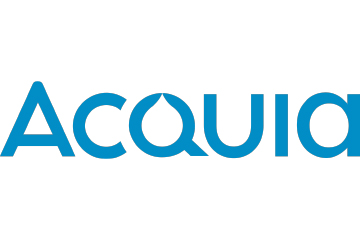John has worked with brands like Saudi Tourism Authority, Japan National Tourism Organisation, All Nippon Airways, The Empire State Building, Australian Capital Tourism, Air Canada, Sofitel, Tourism Australia, One & Only Resorts, NRL, VW, Renault, Mazda, Prudential, Shell, Universal and Paramount Films, etc.
“To avoid this, humans must remain at the centre of original design, strategy, and decision-making, pushing the boundaries of creativity while leveraging AI as a tool for scale and precision,” he says.
There is a natural tendency in A/B testing to invest behind the variant that delivers the highest short-term performance — clicks, engagement, or conversions.
John cautions that “what works best” in a narrow digital sense may not actually build brand affinity or long-term success. An algorithmic approach can certainly be a benefit for low funnel activity, it’s all about the time, place, business objective and channel of activation you want to maximise against.”
“When algorithms define effectiveness purely on short-term metrics, the outcome is widespread sameness. The sunsets, the slogans, the templates all begin to merge.”
It is not an argument about balancing ‘performance content’ versus ‘brand content,’ he assures. “It’s about embedding brand distinctiveness into every output.”
Consistency across all communications, anchored in distinctive brand assets and emotional triggers, is what drives both short-term conversion and long-term affinity. The drift towards homogenisation is closely tied to the industry’s obsession with immediate impact.
The most successful brands resist this, co-creating with partners and communities while staying absolutely clear on who they are and how they are different.
“The strongest brands are those that maintain consistent and distinctive brand building over the years, winning both immediate response and sustainable market share,” he says.
This is where brand mindset becomes critical.
Only after this foundation is in place does AI deliver its true value. With a clear strategic and creative core, AI can adapt and localise content across cultures and audiences, tailor messaging to passion points, optimise placement, and refine performance in real time.
Through a blend of qualitative and quantitative methods with real-time data signals and measurable effectiveness impact, we can then identify the correlated brand impact
AI excels at scaling relevance, but it must always be anchored to original human strategy and creativity.
John breaks the process into two linked parts:
- The Brand DNA –
A disciplined process of codifying what makes a brand unique, relevant, and memorable. Through extensive research and data analysis, we distil the brand into its essential components: opportunity, audience, attributes, rational and emotional benefits, proposition, personality, and importantly, “never-dos.”
The outcome is a one-page blueprint that ensures every stakeholder is aligned. This rigour is crucial: if the values, propositions, and benefits are generic, then the content and briefs that follow will be generic too. Homogeneity doesn’t come from machines alone — it comes from the absence of strategic distinctiveness at the start.
- The Creative Platform –
Using Brand DNA as a springboard to bring the brand to life in ways that look, feel, and sound like no other. Creativity here is about true differentiation: storytelling, visual identity, and experiential design that express the brand’s personality in emotionally resonant ways.
This is the craft that ensures originality and protects against sameness.
Balancing AI efficiency with human creativity
Creativity has always been seen as fundamental to human expression, as witnessed in art, music and cinema or by extension, advertising.
According to the research study by Doshi and Hauser, a side observation was that weaker writers showed drastic improvement in their stories, being more engaging and commercially viable.
For more talented writers, the GenAI push added less significant improvements. John urges brand leaders to strike a balance.
He says, “If we rely on AI to originate content, homogenisation is inevitable. But if we begin with distinctive Brand DNA and bold creative expression — and then use AI to amplify, personalise, and optimise — we unlock the best of both worlds: distinctiveness at scale, emotional resonance across markets, and sustainable brand affinity for the long term.”
Hear from John Speers, Joint Managing Director Middle East at MSQ, at the Vibe Marketing Tech Fest (VMF) Riyadh.




